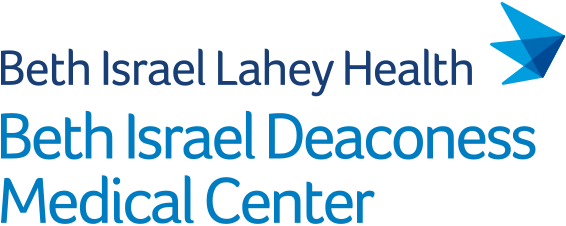BACKGROUND: Prompt revascularization is crucial for managing for chronic limb-threatening ischemia (CLTI), but disparities in socioeconomic status (SES) and health care access affect outcomes. The COVID-19 pandemic exacerbated these inequities, yet their impact on CLTI outcomes remains underexplored. This study evaluated the association between regional SES, measured by the Distressed Communities Index (DCI), and outcomes-including mortality, major amputation, and repeat interventions-before, during, and after the COVID-19 pandemic in Medicare beneficiaries undergoing CLTI revascularization.
METHODS: From 2016 to 2023, Medicare beneficiaries undergoing CLTI endovascular revascularization were stratified by SES using the DCI (distressed, ≥80th percentile). The study periods were prepandemic (January 1, 2016, to March 31, 2020), pandemic (March 31, 2020, to December 31, 2021), and late pandemic (December 31, 2021, to December 31, 2023). Metrics were evaluated before and after revascularization. End points were analyzed using Kaplan-Meier and Cox models adjusted for demographics and clinical factors.
RESULTS: Among 333,173 beneficiaries, 66,757 (20.0%) lived in distressed communities, facing higher risks of major amputation and mortality (hazard ratio [HR] 1.04; 95% confidence interval [CI], 1.03-1.05; P < .001). These disparities persisted across the entire study period, including the prepandemic, pandemic, and postpandemic eras. Before the pandemic, risks were elevated (HR, 1.01; 95% CI, 1.00-1.03; P = .125), worsening during the pandemic (HR, 1.06; 95% CI, 1.03-1.09; P < .001) and late pandemic (HR, 1.07; 95% CI, 1.03-1.11; P < .001). The proportion of percutaneous vascular interventions in distressed communities decreased annually (-0.59%; 95% CI, -0.68% to -0.50%; P < .0001). These patients had fewer vascular visits (before, 5.62 vs 6.63; after, 6.52 vs 7.57; P < .001) but more emergency department visits (0.04 vs 0.03; P < .001) and hospital readmissions (0.13 vs 0.11; P < .001).
CONCLUSIONS: Socioeconomic disparities, measured by the DCI, affect outcomes and health care use in Medicare beneficiaries with CLTI undergoing revascularization. These gaps worsened during COVID-19 and persisted after the pandemic, highlighting the need for resources to bridge the care gap and improve CLTI management.

